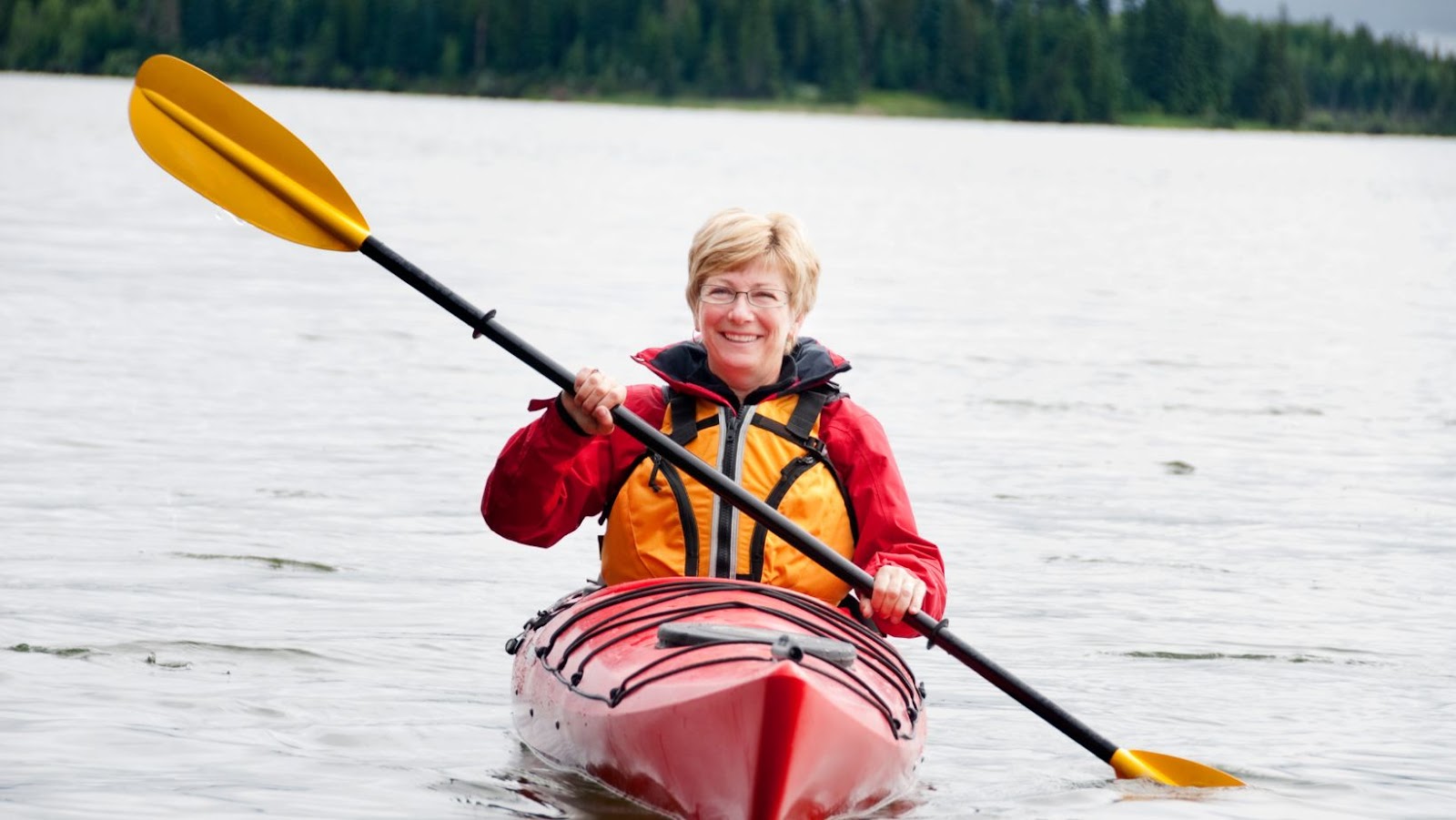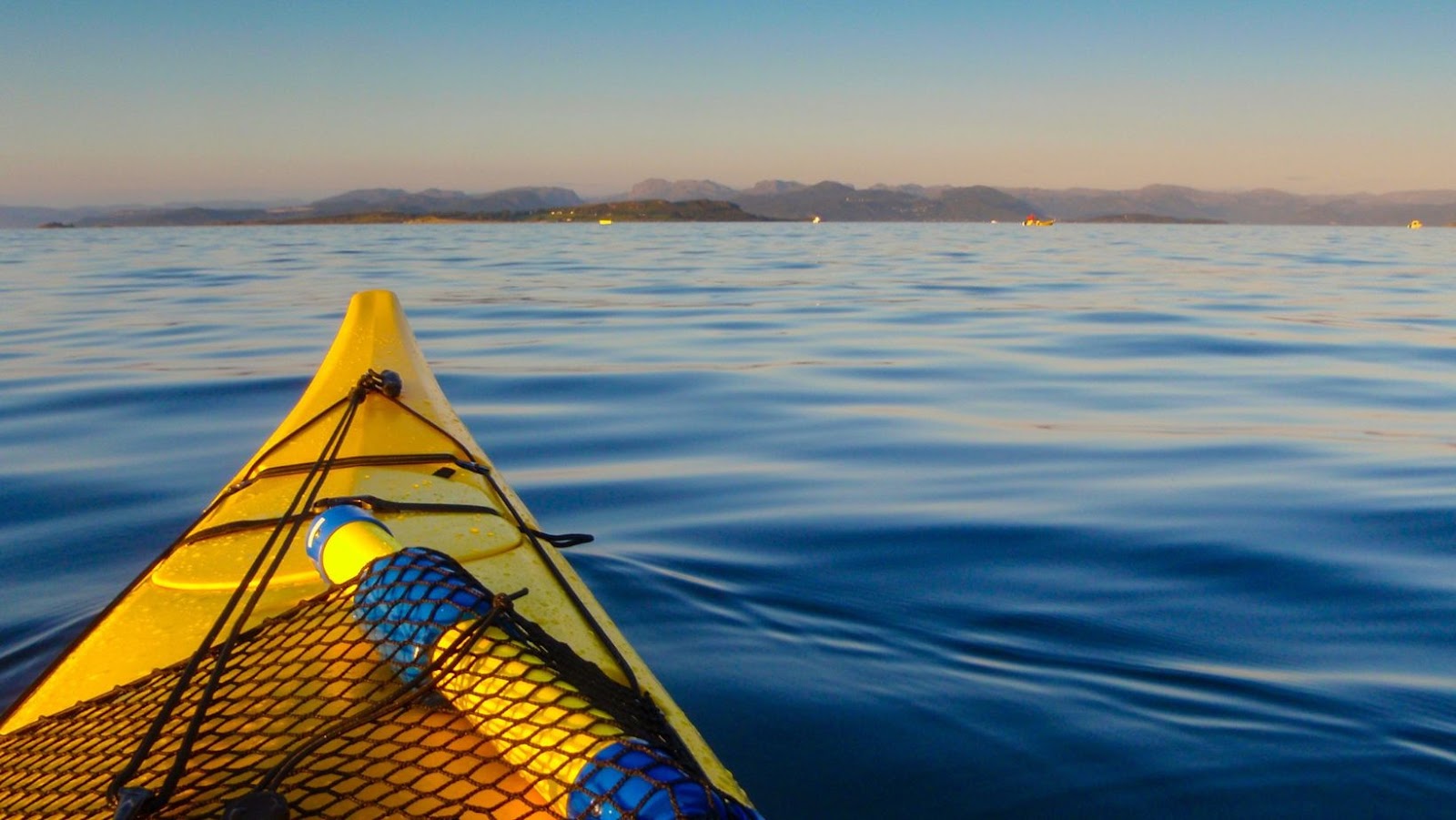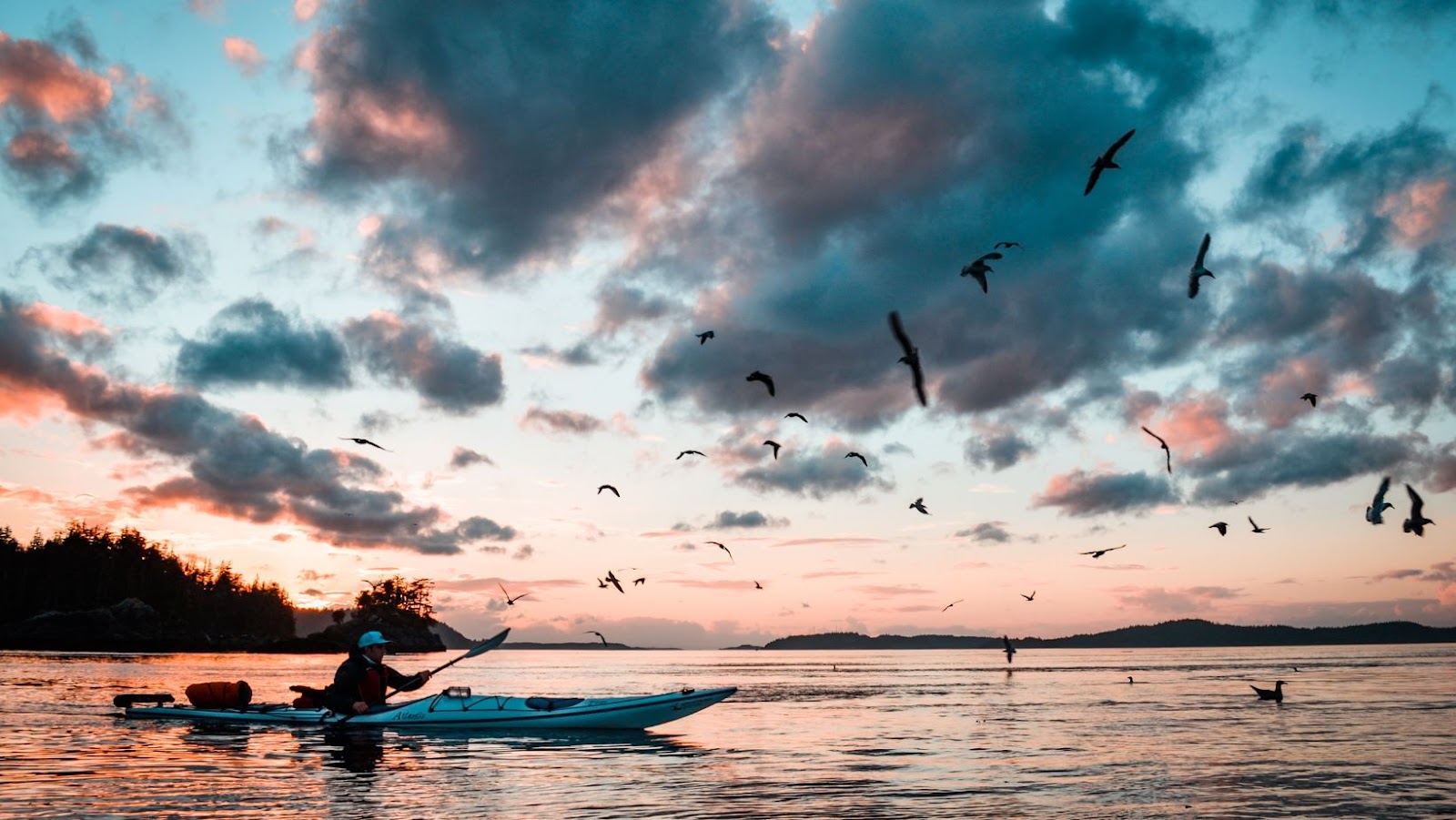
Do you want to kayak, but not sure what to wear? From life jackets to wet-suits, you’ll find all the essentials for what to wear when kayaking here.
Kayaking is a great way to explore and stay active outdoors, but it requires the right gear for maximum safety and comfort. Read on for our top tips on how to dress appropriately!
What Should i Wear Kayaking
Kayaking is an exciting and fun way to explore the outdoors, but for peak safety and comfort, you need to make sure you’re wearing the right clothing. There are a few key things to consider when dressing for a kayaking adventure, such as your environment’s temperature, the type of kayak you will be using and any additional gear you’ll be bringing.
By following some basic guidelines, you will be sure to find clothing which keeps you comfortable while paddling out on the open water.
Dressing for the Weather
When kayaking, it’s important to dress according to the weather and the environment you’ll be in. It’s easy to underestimate water temperature and overestimate your warmth – so prepare ahead of time. If you’ll be kayaking in cold water, you should consider wearing a wetsuit or drysuit designed for cold-water kayaking. You may also want to wear specialized paddling clothes (sometimes called “cags”) that are waterproof, but still offer flexibility and protection without being too heavy or cumbersome. A good rule of thumb is to wear clothing that will keep you comfortable in any weather condition, from hot sun to a light rain shower.
Clothing for warmer days generally consists of lightweight shorts, a swimsuit/board shorts for men, Surf Hoodie/low cut top for women with some form of neoprene “pogies” or other arm wraps if needed (protection against wind chill). Due to sunburn while on the water due to hours exposed on the open water a light base layer such as rash guard shirt can provide might be beneficial on very sunny days. If possible try and find materials that have 50+ UPF rating built right into the fabric. Lastly no matter what type of apparel worn, when planning any type of activity close by saltwater always apply waterproof sunscreen in order to protect yourself from strong UV rays!
Wear Clothing for Protection
When kayaking, it is essential to wear clothing that will provide you with the necessary protection against the weather and any potential hazards. The type of clothing you should wear depends on the conditions you’ll be paddling in and how cold or wet it will be.
Clothing should be lightweight, breathable and comfortable with plenty of layers to ensure that you are well insulated if you’re likely to be out on the water for a long period of time. Choose either quick-dry materials that won’t hold moisture or items made with thermoregulation technology which will help regulate body temperature when wet. An impermeable waterproof coat can also be a great addition for not only keeping you dry but also protecting from wind chill.
Your footwear choice should allow for flexibility for paddling yet provide effectively warmth and dryness as well. Neoprene booties are an ideal option, as are heavy-duty waterproof boots. Kayaking can involve contact with rocks and sharp objects so make sure your shoes have strong soles to protect your feet from any potential injury whilst in or around the water.
Finally, a cap or hat should be worn to protect your face from direct sunlight and keep your hair out of your eyes so that you can concentrate properly on paddling efficiently.
Wear Footwear for Kayaking
When deciding what to wear when kayaking, the most important consideration is the type of footwear. Kayaking can be an exhilarating and thrilling experience, but it can also be dangerous. The ideal footwear for kayaking depends on the temperature and conditions of the water and outside environment in which your trip is taking place.

For cold-water trips, it’s important to choose neoprene boots with rubber soles. Neoprene keeps your feet warm and insulated while providing balance and traction on slippery surfaces like wet rocks or logs. Rubber soles are better than leather as they will help provide grip on slick surfaces. Closed-toe shoes are best to help protect you from sharp objects that could injure your feet if you were to fall while kayaking.
For warm-water trips, sandals provide comfort, breathability and protection from sunburns due to prolonged exposure in direct sunlight. Make sure the sandals have a non-slip sole for safety and good grip when paddling inside a boat or walking along a stream bank. Many sandal models have straps that can fasten around a person’s foot like shoe laces, providing ankle support when maneuvering in swift currents or inclement weather conditions.
No matter which type of footwear you choose – water resistant shoes, neoprene boots or sandals – make sure they fit snugly without being too tight as tight clothes can reduce circulation in your legs over time leading to fatigue during long paddles. Wearing comfortable dress that covers arms, chest and legs will increase protection from sunburns or abrasions caused by rocks when exiting the boat onto shore or beaches with gravel or rocky shorelines.
What are Accessories for Kayaking
When kayaking, it is important to wear the right protective garments and accessories to make the experience safe and comfortable. In addition to the appropriate apparel, there are numerous accessories that can be beneficial while out on the water. From specialized hats and lifejackets to protective gloves and footwear, having a few key items can help you take full advantage of your kayaking experience.
Protective headgear: Wearing a wide brimmed hat or helmet will protect your head from sun exposure and potential injuries caused by low-hanging branches or other obstacles in the water. This is especially true if you are participating in whitewater rafting or other more extreme activities.
Life jackets: It’s important that everyone involved in paddling wears a properly fitted life jacket at all times. Kayaking can be dangerous if not done with caution and having a reliable flotation device can mean the difference between a safe return home or an emergency situation.
Protective clothing: When selecting clothing for kayaking, pay close attention to items that have some insulation or waterproof structure which will protect your skin from frostbite on cold days and sunburn on hot days. Wearing pants instead of shorts also prevents chafing on inner thighs and adds an extra layer of warmth when necessary.
Footwear: Kayakers should invest in some lightweight, water resistant shoes with good treads for better grip when climbing onto features like rocks or logs in the riverbeds. Neoprene boots are ideal because they will provide additional insulation against cold waters while offering superior traction compared with standard running shoes. Look for boots designed specifically for kayaking which offer plenty of ankle support as well as breathability benefits so they don’t produce too much sweat while being worn underwater.
Paddle gloves: Paddling can be hard work; especially if you’re dealing with choppy waves or strong currents along shallow riverbeds over longer distances; wearing protective gloves can make matters easier for your hands by providing a better grip on your paddle coupled with increased heat insulation throughout each stroke cycle. Durable material like neoprene works nicely here because it fits around each hand comfortably without adding much bulk in terms of profile but still protects against any unintentional burns caused by non-heat resistant materials like plastics from floating debris encountered during navigation.
Kayaking with Children
When kayaking with children it is important to dress them in clothing that will keep them warm and dry. In cooler temperatures, start by having them wear comfortable, water-resistant layers such as a fleece jacket with a waterproof outer shell and wicking fabric underneath. Put on wool or synthetic thermos socks rather than cotton socks and make sure to wear shoes that are easy to get on and off while paddling because they may want to go in the water. For added warmth, add a hat, scarf or face mask if temperatures are low.
Help your children stay safe by having them wear long pants, sunglasses and plenty of sunscreen. For extra protection against UV rays choose clothes that are specifically designed for outdoor activities or sun protective gear with an Ultraviolet Protection Factor (UPF) label.

Overall, the most important thing when deciding what to wear when kayaking is comfort and safety. Choose clothing that is lightweight and breathable, but also provides protection from the wind and chill. A wetsuit can be necessary depending on your location and the water temperature, as well as footwear designed for kayaking.
For any type of paddling it is important to protect your skin by wearing sunglasses or a sun hat, sunscreen, and lip balm with SPF. Always bring safety equipment such as a life jacket or buoyancy aid in case of emergency.
Most importantly, have fun!




